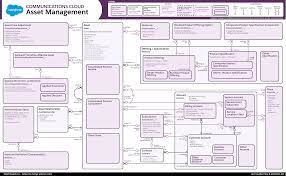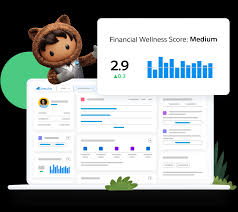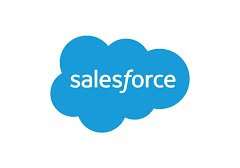Can Salesforce do asset management?
You can manage assets in Consumer Goods (desktop) and in the Consumer Goods offline mobile app in Salesforce. Let’s understand the process in detail. Create Asset Templates and Asset Types: Before you create assets, ensure that admins have created asset templates and asset types.
Assets are items, such as refrigerators or freezers, that you place at a customer location (retail store) to increase your sales. Assets are also items you use in your business such as vehicles or computers. As an asset’s owner, you’re responsible for the maintenance, repair, or any other services required for the asset. Managing assets efficiently can help reduce customer complaints and, in turn, increase your brand value. By actively tracking your assets’ conditions, you can budget better, reduce losses, and ensure employee safety.

What is the use of asset object in Salesforce?
So, Assets are used quite frequently by sales, customer service in your back office. Assets are a standard object. It comes out-of-the-box with Salesforce. And being a standard object we can add custom fields, validation rules, record types, multiple page layouts.
How do I create an asset for a product in Salesforce?
Create an Asset
- From the App Launcher, find and select Assets, and then click New.
- Provide these details. Field. Description. Identification. Description.
- Save your changes. Alternatively, you can create an asset during a visit. To add an asset to a visit, from the Visit Record page, click Register Asset.
What is the asset state period in Salesforce?
An asset state period represents a time span when an asset has the same quantity, amount, and monthly recurring revenue (MRR). An asset has as many asset state periods as there are changes to it (asset actions) during its lifecycle. The dashboard and related pages show the current asset state period.
What is the difference between subscription and asset in Salesforce?
Use subscriptions to keep records of subscription products you’ve quoted or sold. Use assets to keep records of stand-alone products you’ve quoted or sold. You can use these records later to manage amendments and renewals to your opportunities and orders.
How do I enable assets in Salesforce?
Enable Asset Scheduling in Salesforce Scheduler
- Provide User Profile Access to the Asset Field.
- Update the Service Resource Page Layout for Asset Scheduling.
- Update the Default Asset Sharing Setting (Optional)
- Create Assets in Salesforce Scheduler.
- Make Assets Available for Scheduling.
How do I create an asset in Salesforce CPQ?
Salesforce CPQ creates assets when you click Contracted on an opportunity or order. The asset creation process varies based on your account’s renewal model and the value of the asset conversion field on the product you’re contracting.
How do you renew assets in Salesforce CPQ?
Select the assets you want to renew, and then click Renew. Salesforce CPQ creates a renewal quote, associates it with a renewal opportunity, and opens the quote line editor. Edit the quantities of the assets from your original quote as needed. You can also add new products.
What is an asset state?
Asset State denotes the different states of assets in the organization such as assets in Use, In Store, Expired and so on. Apart from the default asset states, you can create custom ones. You can also enable or disable ownership and scan for custom asset states you create.
Note that Salesforce also has a Digital Asset Management (DAM) capability. Where is asset library in Salesforce?
To view asset files in Files home, select Libraries and then select Asset Library . To view and edit asset files in Setup, enter Asset Files in the Quick Find box, then select Asset Files.
For more information on Salesforce Asset Management, contact Tectonic today.













